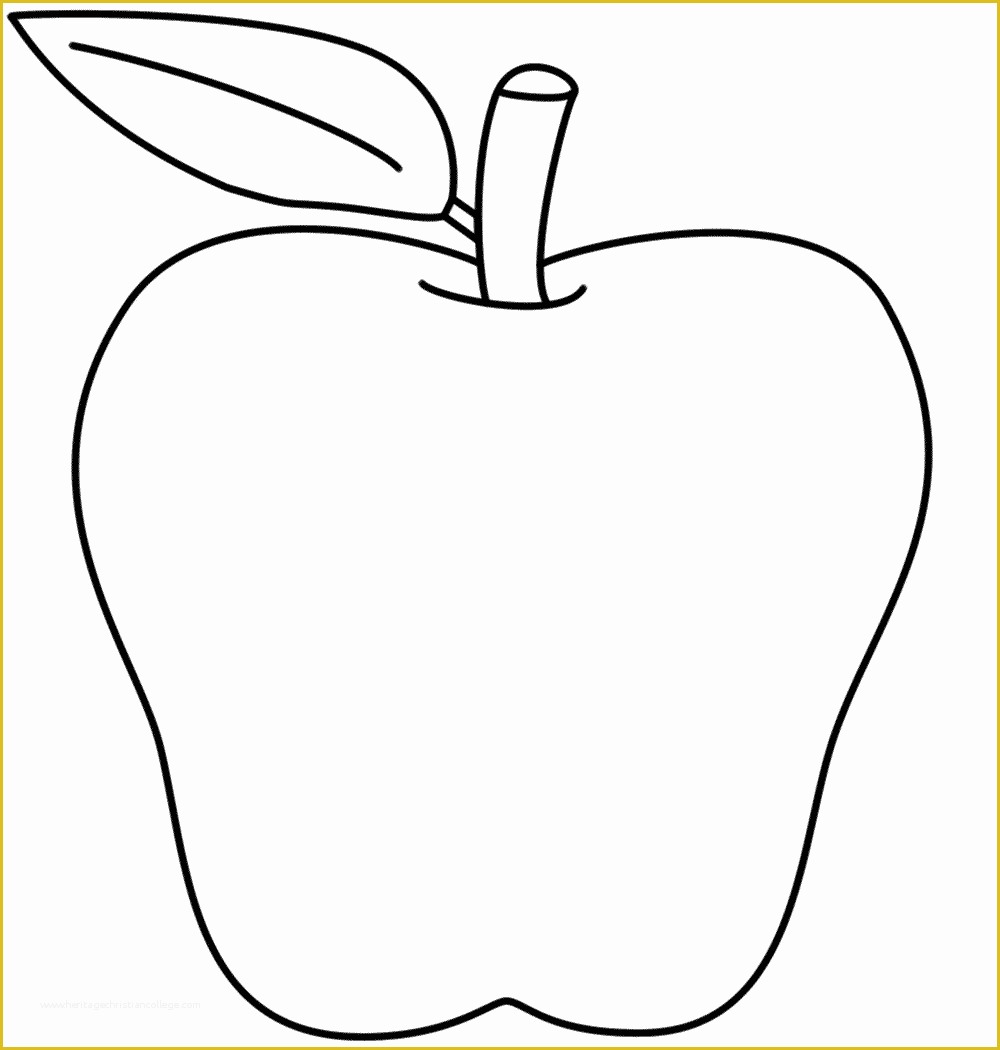
:max_bytes(150000):strip_icc()/ScreenShot2019-05-27at8.35.11PM-b80e17aff799451697d83086ff1466a5.png)
Remember that taxi driver analogy? You got your fare and are ready for the next ride!
Apple pages cost download#
As we all know, people are more likely to make a purchase on the app than on the website, so you will display a banner on your web page encouraging them to download your app.īanners like this one, powered by OneLink and called Smart Banners, will redirect the user to the right app store, and once they download your app and launch it they will arrive directly in the app’s running shoe product page to make the purchase. You create an ad for your new running shoe and drive users to your website so they can learn about this specific product. Let’s say you’re driving users to your sports apparel app through a web-to-app journey. And here is where it gets interesting.įor years AppsFlyer has been leveraging OneLink, its deep linking engine, to empower marketers to create user acquisition and remarketing journeys to achieve up to five times higher conversion rates compared to non-contextualized experiences. Our CX suite is powered by a robust deep linking engine that allows marketers to redirect users to a specific spot in the app regardless of their device, operating system, or whether the app is installed or not. We have a simple way for you to conjure contextual experience magic by combining custom product pages with AppsFlyer’s customer experience suite, OneLink. So how can you create and drive better journeys and boost your ROX with Apple’s new feature? Learn more Custom product pages meet AppsFlyer’s customer experience suite Get ready to ROX: Return on experience guide As taxi drivers, if we bring passengers to the wrong destination or to the right one via detours, they’d be peeved, may not pay, will rate you poorly, and won’t patronize you again. In other words, we drive traffic from anywhere (an ad, email, social post, SMS, etc.) to the right spot, whether it’s in the App Store or in the app. Picture this for a moment: Our job is to drive people from their current location to their desired destination. I like to think about marketers as taxi drivers. Why is contextualized customer experience so important? I’d like to focus here on the custom product pages feature and invite you to imagine a world of contextualized, personalized, and audience-driven user acquisition journeys. You will be able to customize each product page by changing promotional texts, screenshots, and app previews. Custom product pages: The second feature teed up by Apple is a contextualization mechanism that will allow you to create up to 35 different versions of your App Store product page to target different customer segments with specific in-store content to increase conversion rate.With this feature, you’ll be able to create and test variants with your app’s icon style, screenshots, app previews, and copy.

Product page optimization: The first feature, called “product page optimization,” is an A/B testing tool that will allow you to experiment with your app’s product page and run 90-day tests to find out which product page version performs the best in organic scenarios.During WWDC 2021, Apple’s developer conference, the company revealed two intriguing features that will change how we marketers acquire users and increase lifetime value (LTV) by driving them through the most contextualized journey they’ve ever experienced.


 0 kommentar(er)
0 kommentar(er)
